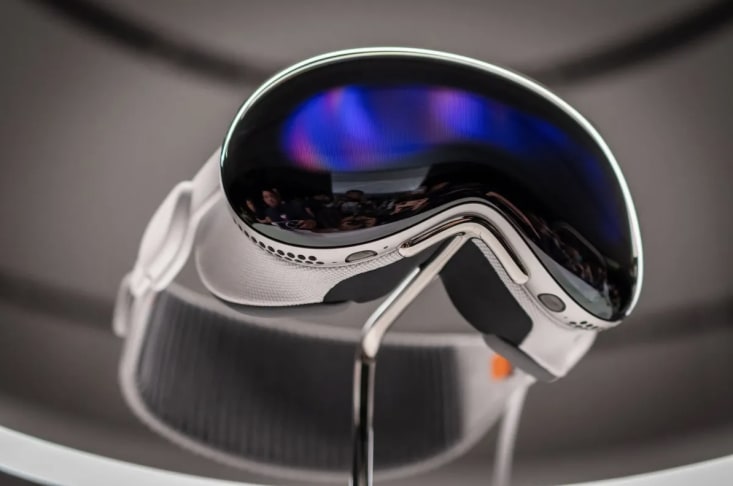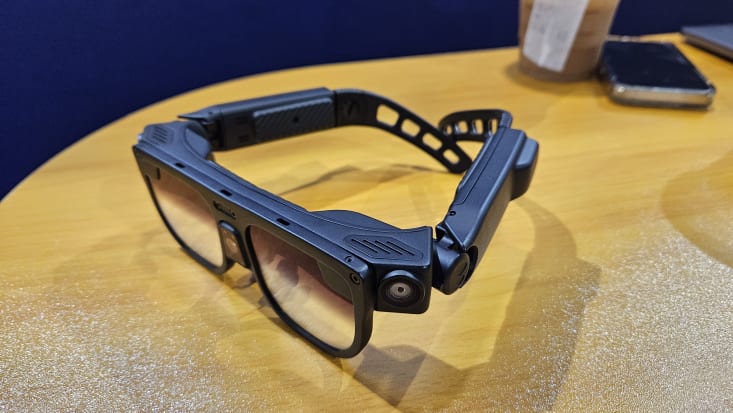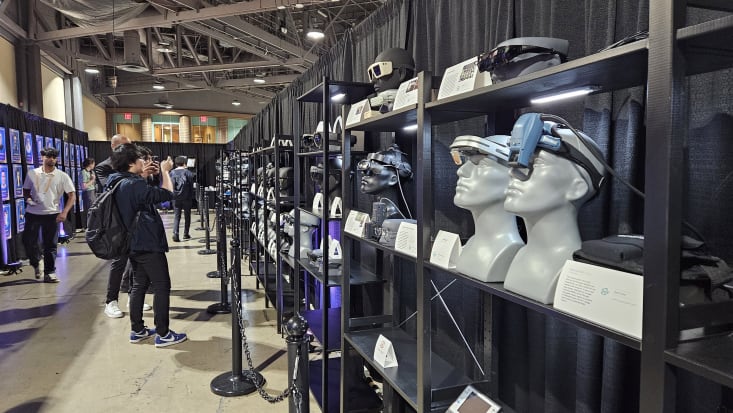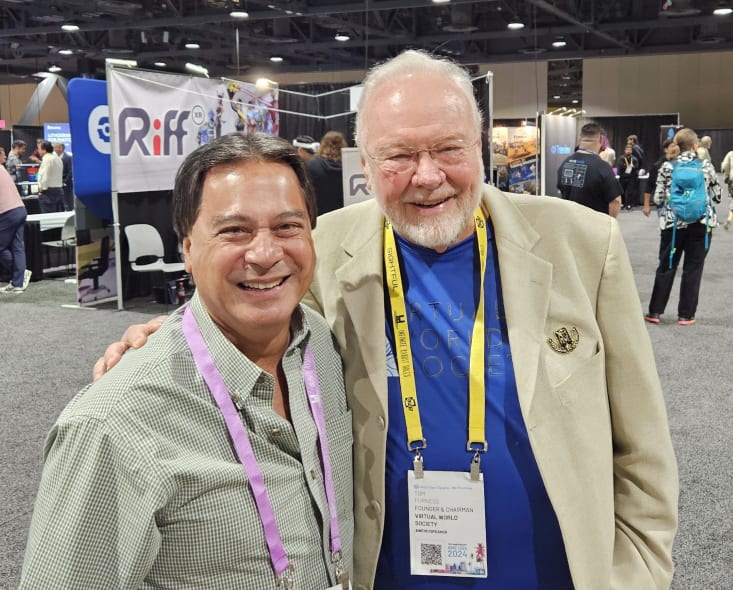The Augmented World Expo on June 18th in Long Beach, California showcased over 500 speakers across fifteen tracks on nine stages – highlighting how technology is being used to address everyday challenges and enhance the human condition. The tracks included AI, XR enablement, Apple Vision Pro, training, health, wellness, accessibility, retail and marketing, games and entertainment, enterprise, development, and more. This diverse lineup ensured there was something for everyone, from seasoned professionals to newcomers in the XR space, emphasizing practical solutions rather than technology for its own sake.
Many industry experts believe that 2024 is a breakout year for XR. The synergy between AI and XR is becoming increasingly apparent, with AI significantly enhancing XR capabilities to not only understand but predict next steps and outcomes. This fusion is driving innovation across various sectors, from healthcare to entertainment, making XR experiences more immersive and intuitive.
AWE 2024 featured an impressive roster of sponsoring companies, including Qualcomm, Snap, Meta, Niantic, Deloitte, Microsoft, Unity, and many others. Their presence underscored the significance of AWE 2024 as a central hub for innovation and collaboration in the XR industry.







